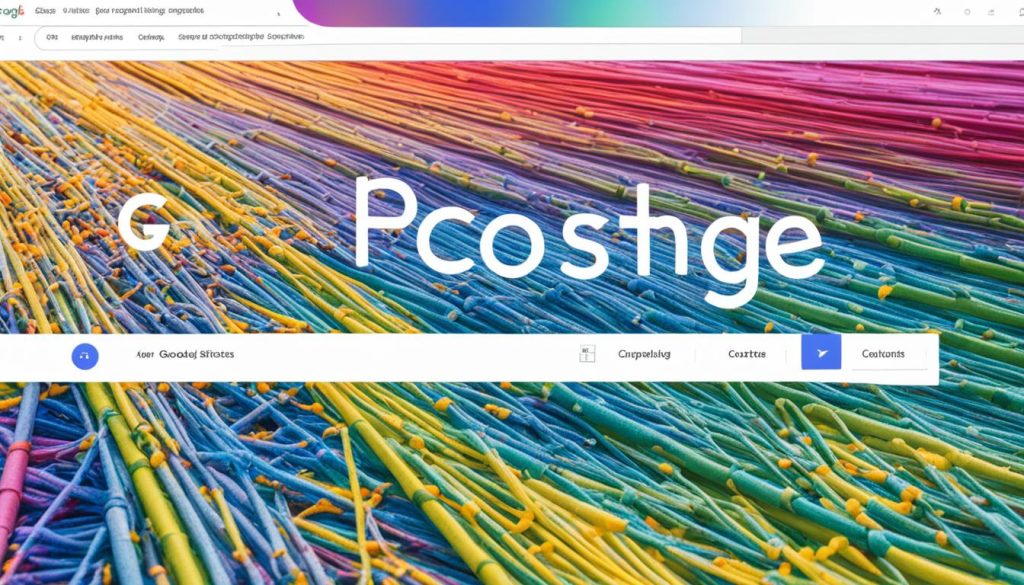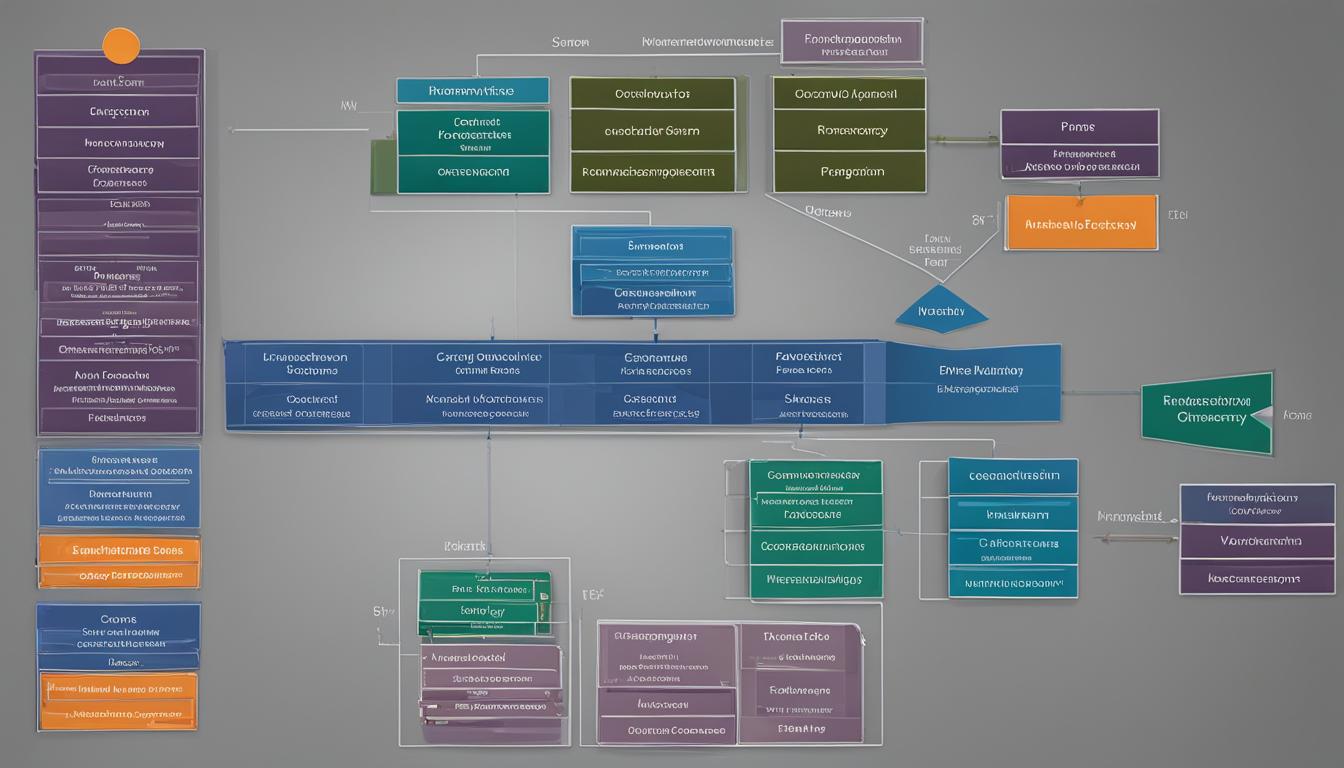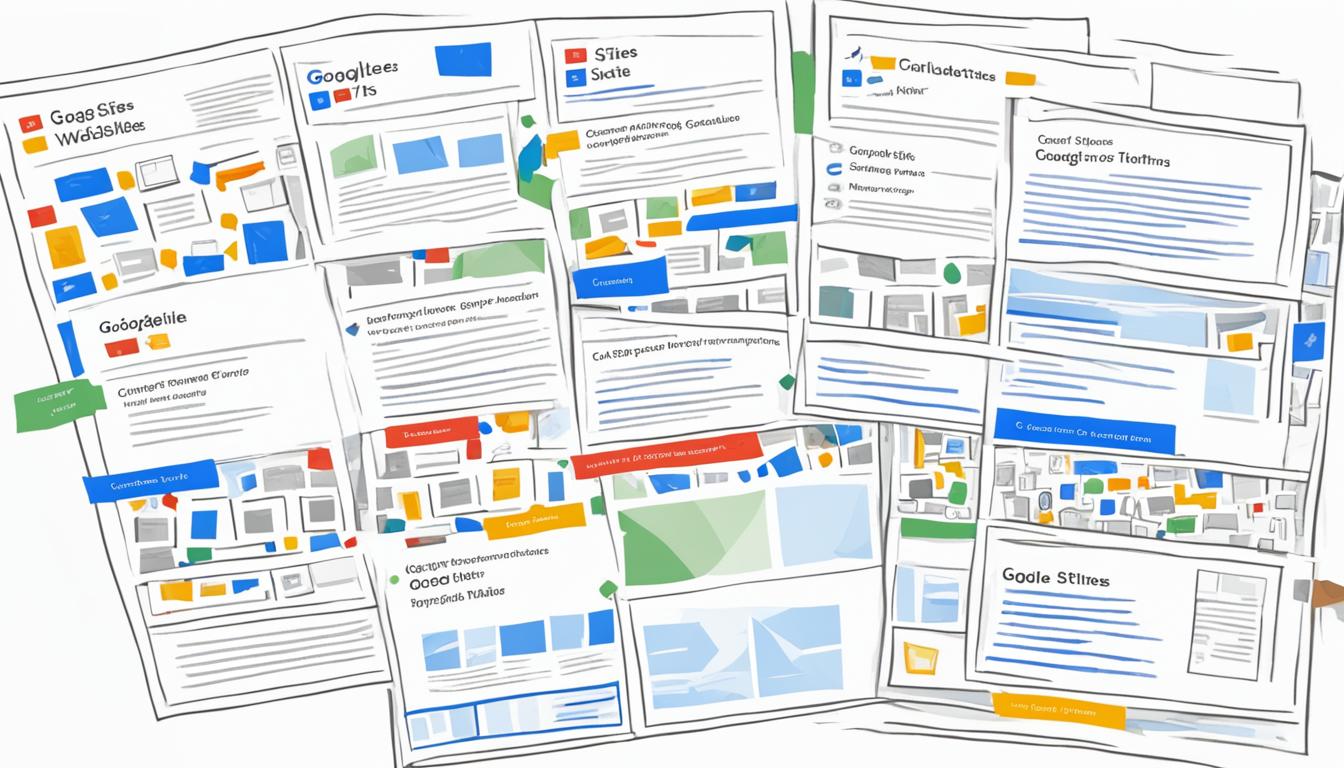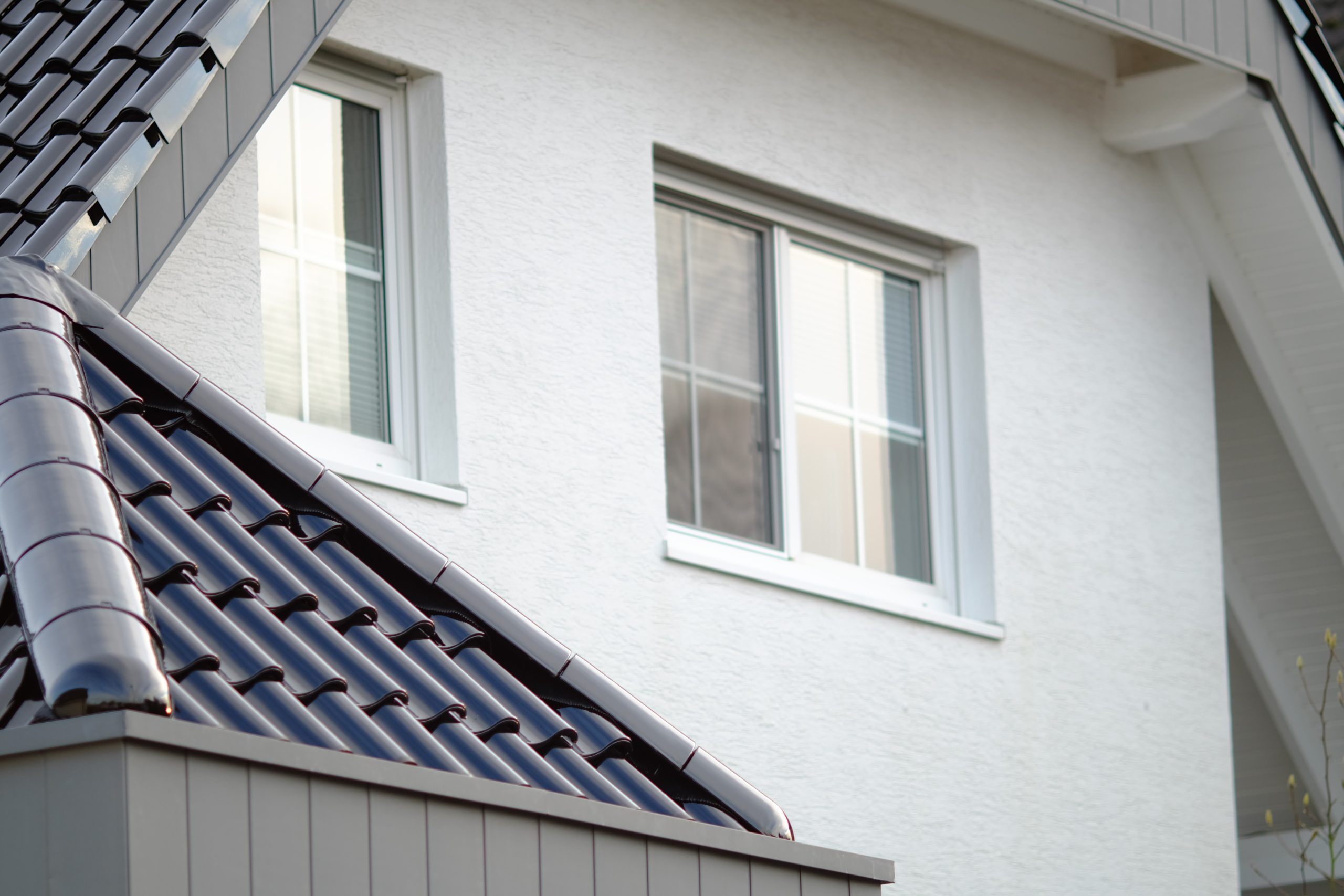Get started on a website with Google
Did you know that there are over 56 million active websites on the internet? With such a vast online presence, it’s more important than ever to establish your own website to stand out and reach your target audience. One of the easiest and most popular ways to get started on creating a website is by using Google Sites. In this guide, I’ll take you through the step-by-step process of building a website with Google, from setting it up to customizing the design. Let’s dive in!
Key Takeaways:
- Google Sites is a user-friendly platform for building websites, perfect for beginners.
- By creating a site with Google, you can easily customize its design to suit your preferences.
- Previewing your site before publishing allows you to make necessary changes and ensure a polished look.
- Sharing your site with others for review and collaboration can help gather feedback and improve its content and functionality.
- Building a website with Google gives you the opportunity to reach a wider audience and establish an online presence.
Create a site
If you’re ready to create your own website, Google Sites has you covered. Whether you’re starting from scratch or want to use a pre-designed template, Google Sites offers a user-friendly interface that makes site creation a breeze.
To begin, simply follow these steps:
- Go to Google Drive and click on the “New” button.
- Select “More” and choose “Google Sites” from the dropdown menu.
- Enter a name for your site, which will also be the URL for your website. Choose a name that is descriptive and easy to remember.
- Choose a template for your site. You can either start with a blank template and design your site from scratch, or select from a variety of pre-designed templates to kickstart your site’s design. These templates cover various categories such as business, portfolio, and education.
- Click on the “Create” button to begin building your site.
Once you’ve created your site, you can start customizing it by adding pages, text, images, and other elements. Google Sites provides an intuitive interface that allows you to easily arrange and design your site to fit your needs. Plus, as you work on your site, Google Sites automatically saves your changes, so you don’t have to worry about losing any progress.
To make your site live and accessible to others, you’ll need to click on the “Publish” button. This will officially publish your site and make it publicly available on the web.
Google Site Templates
Google Sites offers a wide selection of templates to choose from, catering to various industries and purposes. These templates provide a starting point for your site’s design and layout, saving you time and effort in creating a visually appealing site. Whether you’re creating a personal blog, a business website, or an online portfolio, you’re sure to find a template that suits your needs.
| Template Name | Category | Description |
|---|---|---|
| Business Showcase | Business | A modern and professional template designed for showcasing your business and services. |
| Portfolio Gallery | Portfolio | An elegant template for showcasing your work and projects with a focus on visual content. |
| Classroom Central | Education | A template designed to support online classrooms, featuring sections for assignments, announcements, and resources. |
Add text and images to pages
When it comes to creating engaging and informative pages on your Google Site, adding text and images is key. Google Sites provides several options for customizing your content to make it visually appealing and easy to read.
Inserting Text
To add text or headings to your pages, simply open your site and click on the “Insert Text box” option on the right side. This will open a toolbar with various text formatting options.
Choose the type of text or heading style you want to use and start typing your content. You can change the font, size, and color to match your site’s design.
Adding Images
Images play an important role in capturing your audience’s attention and enhancing the visual appeal of your Google Site. To add images to your pages:
- Click on the location where you want to insert an image.
- On the toolbar, click on the “Insert image” icon.
- Select the image you want to upload from your device or choose one from your Google Drive.
- Adjust the size and alignment of the image as needed.
Remember to choose relevant images that complement your text and reinforce your message.
Customizing with Banners
In addition to text and images, you can also add banners to your Google Site. Banners are wide horizontal images that span the width of the page, adding visual interest and customization. To add a banner:
- Click on the page where you want to insert a banner.
- Open the “Insert” tab, then click on the “Image” option.
- Choose an image that you want to use as your banner from your device or Google Drive.
- Adjust the size and alignment of the image to fit the page width.
A striking banner can make your Google Site more visually appealing and leave a lasting impression on your visitors.
Adding text and images to your pages in Google Sites is a simple yet effective way to create engaging and visually appealing content. By utilizing these features, you can present your information in a visually attractive and easy-to-digest format.

Change how your site looks
Now that you’ve created your Google Site, you have the opportunity to customize its appearance and give it a unique look. Google Sites provides various options to change the design of your site, including:
- Pre-made themes: Google offers a collection of professionally designed themes that you can choose from. These themes are categorized under “Created by Google” and provide an instant makeover for your site.
- Custom themes: If you’re feeling creative, you can create your own custom theme. This allows you to have complete control over the color palette, fonts, and overall style of your site. You can customize every aspect to align with your brand or personal preferences.
Whether you go with a pre-made theme or create a custom one, changing the appearance of your Google Site is simple and can be done in just a few clicks. Let’s take a look at how you can do it:
- In the top-right corner of your Google Site editor, click on the “Themes” button. A sidebar will appear on the right side of the screen.
- Browse through the available themes by scrolling down the sidebar. You can hover over a theme to preview it.
- Once you’ve found the theme you like, click on it to apply it to your site. You’ll notice that the colors, fonts, and overall style of your site will change to match the selected theme.
- If you’re not satisfied with the pre-made themes and want to create a custom theme, click on the “Customize” button at the bottom of the sidebar. This will open the customization options.
- Within the customization options, you can choose the color palette, fonts, and site layout that reflect your desired look and feel. Experiment with different combinations until you achieve the desired result.
- Once you’re happy with the changes, click on the “Apply” button to save your custom theme and see it applied to your site.
By changing the appearance of your Google Site, you can ensure that it not only captures your visitors’ attention but also aligns with your brand or personal style. Customizing the theme allows you to create a cohesive and visually appealing online presence.

Preview your site
Once you have made changes to your Google Site, it’s important to preview how it will look before officially publishing it. The preview feature allows you to get a sense of the final layout and appearance of your site.
To preview your site, simply follow these steps:
- Open your Google Site in Google Sites.
- Click on the “Preview” option located at the top of the page.
- Once in preview mode, you can choose different layout options to see how your site will look on various devices and screen sizes.
- When you are satisfied with the preview, you can exit by clicking on the “Exit” button at the bottom right corner of the page.
Previewing your site gives you the opportunity to make any necessary adjustments to the layout, design, or content before sharing it with others or making it publicly available. It helps ensure that your site looks professional and functions correctly across different platforms.
As you can see from the preview of a sample Google Site layout above, you can assess how the site will appear on both desktop and mobile devices. This allows you to make informed decisions regarding the overall design and responsiveness of your site.
| Benefits of Previewing Your Google Site | Why It Matters |
|---|---|
| Ensures a visually appealing layout | A well-designed site is more likely to attract and engage visitors. |
| Helps identify potential design or content issues | Previewing allows you to catch any errors or inconsistencies before others see your site. |
| Optimizes mobile responsiveness | Previewing helps ensure that your site looks great on smartphones and tablets. |
| Provides a realistic user experience | Previewing allows you to navigate your site as if you were a visitor, giving you valuable insights into its usability and functionality. |
Let people review your site
Once you’ve created your Google Site, you may want to get feedback and collaborate with others before publishing it. Luckily, Google makes it easy to share your site with others for review and collaboration.
To start, open your site and click on the “Share” option at the top. This will allow you to enter the email addresses of the individuals you want to share the site with. You can add multiple email addresses, separating them with commas.
When sharing your site, you can also assign different levels of access. By granting editor access, your collaborators will be able to view and potentially make changes to your site. This is particularly useful if you want others to contribute their ideas or expertise.
By utilizing the review site feature on Google Sites, you can ensure that your website is polished and meets your desired goals before making it public. Collaborating with others not only strengthens your site’s content and design but also fosters a sense of teamwork and shared ownership.
FAQ
How do I get started on a website with Google?
How do I create a site using Google Sites?
How do I add text and images to pages in Google Sites?
Can I customize the appearance and design of my Google Site?
How can I preview my Google Site before publishing it?
How can I let others review and collaborate on my Google Site?
- How Strategic SEO Drove Growth for a CPAP E-commerce Brand - July 24, 2025
- Top 3 SEO Companies in Toronto: An Analytical Comparison - July 23, 2025
- SEO for Entry Door Services - April 24, 2025





















Post Comment
You must be logged in to post a comment.